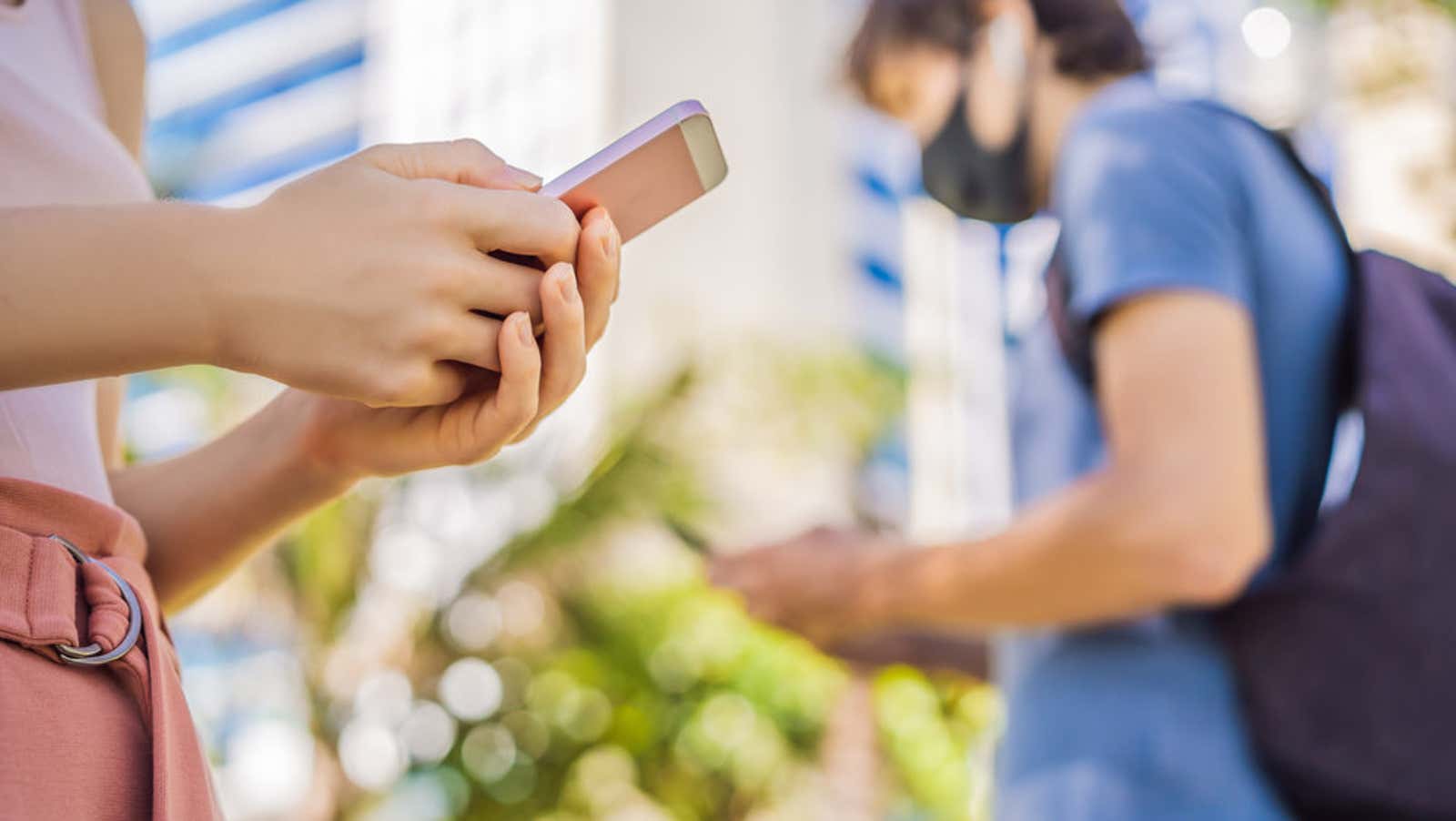How the Latest COVID-19 Contact Tracking Apps Really Work

At least 21 percent of the US population has access to one of the official COVID-19 contact tracing apps developed by various state governments, but only a handful of people actually use them.
And this is an inherent problem with this type of application: enough people have to use them to be in any way effective. I understand why there is such concern: there is still a lot we don’t know about COVID-19; tech companies have a terrible reputation for data privacy; government surveillance is a real threat; and the current political and social climate in America is complex (to put it mildly). People will naturally be skeptical about so many questions and concerns.
So let’s focus on what we know about the latest application trace contacts.
Technology protects user privacy
In eleven states in the United States, as well as Guam, official contact tracing apps are now available. Ten more have announced plans to release their own apps, including California and Arizona, two states where apps are currently in beta testing. Most government apps use contact tracing technology, which is now built into the latest versions of Android and iOS by default.
Instead of using geographic data or Wi-Fi, these apps check connections with nearby devices using a low-power Bluetooth signal – without transmitting any personal data. If one user tests positive, the app sends an alert to all devices that were close enough to register each other ; no tracking or contact is made based on name, phone number or other personally identifiable information.
iPhones and Android phones can do this by default, so developers don’t need to create their own tracking technology. In fact, many contact tracing apps are open source, which means the code is freely available and readable by everyone.
Your phone still needs an app
While it is true that Android and iOS now have built-in contact tracking capabilities , these features are different from those of the apps themselves. Your phone still needs a contact tracking app to use these features, and it won’t just mysteriously appear on your device. Nobody forces you to use them .
Even if you believe that these applications are spying on everyone, this argument is not true given all the information that you already transmit to various companies (including Apple and Google) simply by using their hardware, software and services. Companies (and governments) don’t need to hide their details behind a contact tracing app. They are already doing it openly.
Fraud and malware is a big problem
It’s true that the first wave of contact tracing apps was rife with privacy concerns. Some of these security flaws were accidental; others were intentional. However, most of them happened before Apple and Google released their contact tracking APIs, and they are completely unrelated.
There have also been reports of “ contact tracing” arrests following protests — which is a serious problem — but more accurately refer to these arrests as “social engineering” ; the police did not use data from contact tracing apps for arrests. Low-level Bluetooth tracking can confirm that devices have echoed each other, but no useful identifying information can be extracted from this.
However, independent developers can still use various tracing methods if they choose, and this is where things get shady. Coronavirus scams and malware are on the rise. Hackers and identity thieves will definitely try to trick you into fake contact tracing apps and websites . As long as you’re using the official open source app from your state that uses your phone’s built-in contact tracking APIs, you don’t have to worry. Or, to put it this way, the benefits you will experience knowing that you are potentially at risk of a life-threatening illness should far outweigh any other concerns you may have.